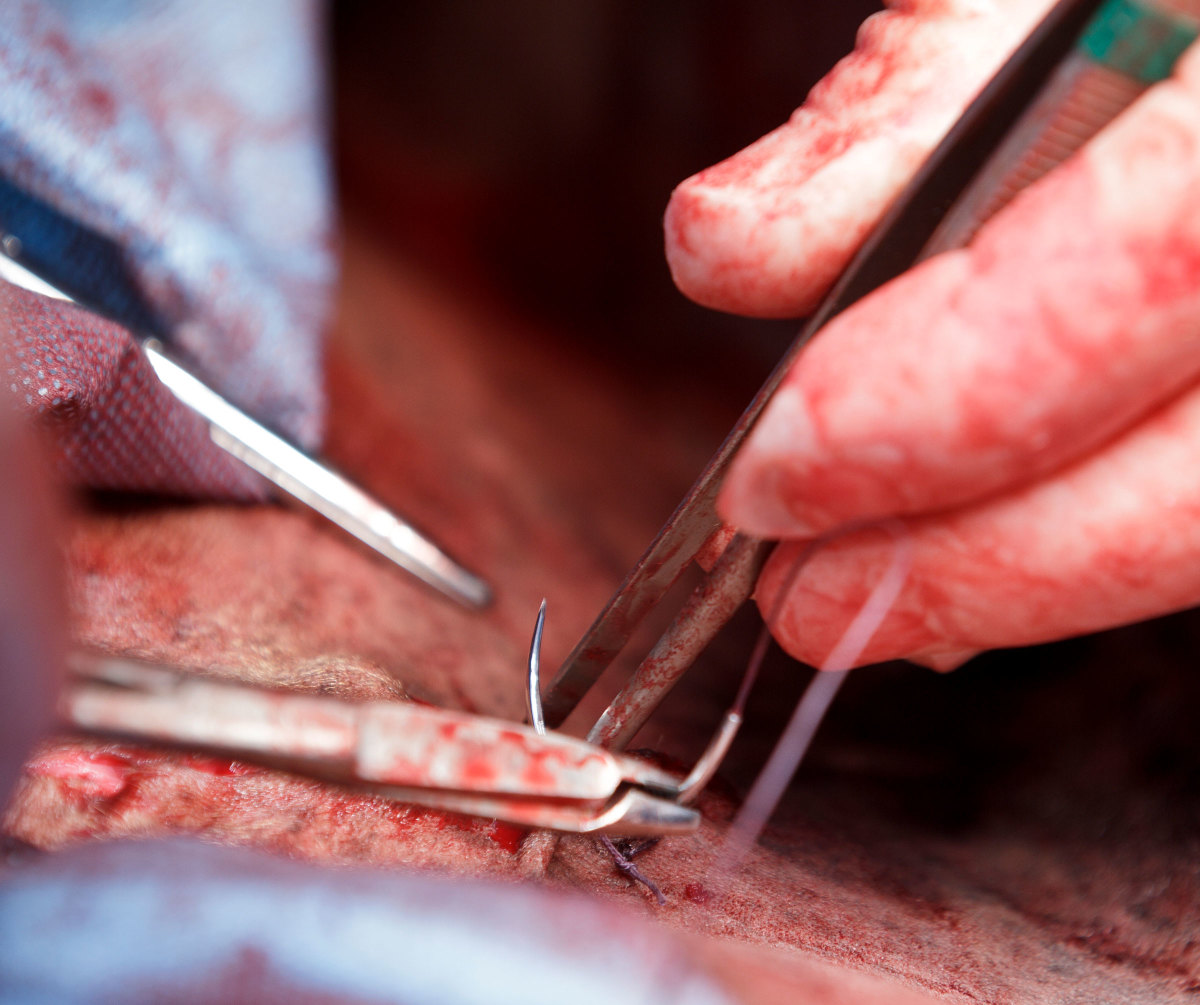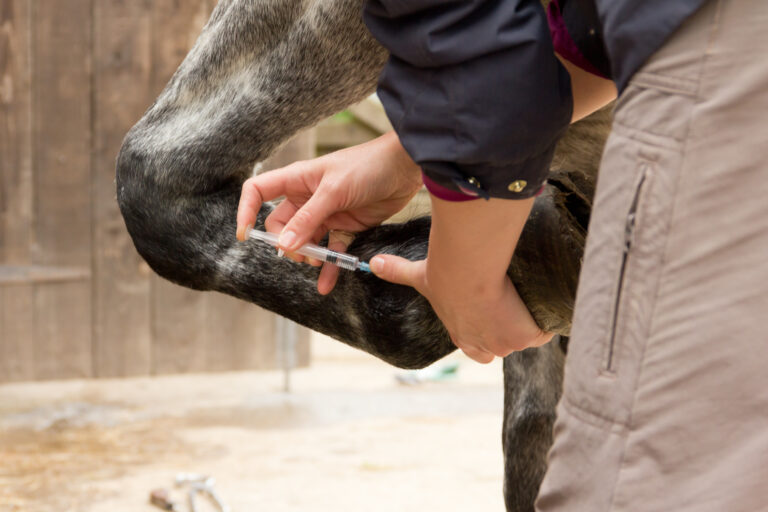
A new mobile bioprinter is in development at the Wake Forest Institute for Regenerative Medicine to help repair extensive injuries to human skin [Albanna, M.; Binder, K.W.; Murphy, S.V.; et al. In Situ Bioprinting of Autologous Skin Cells Accelerates Wound Healing of Extensive Excisional Full-Thickness Wounds. Scientific Reports – Nature.com Feb 2019, vol. 9 (1), article number 1856; DOI:10.1038/s41598-018-38366-w]. While this is not yet in application in the human medical world and not yet considered for animal skin repair, it might become the wave of the future for addressing wounds that require skin grafting.
The technology holds promise for repair of burns, extensive skin cancer excision, or non-healing wounds. Healthy skin cells—dermal fibroblasts and epidermal keratinocytes—are isolated from a biopsy of normal, uninjured skin tissue. These cells are mixed with a hydrogel that then becomes the “ink” of the printer. The 3-D scanner printing device scans the wound, transmits the data to the software and the print heads begin to amend skin cells directly to the wound one layer at a time. The study states, “The bioprinter deposits the cells directly into the wound, replicating the layered skin structure, and accelerating the formation of normal skin structure and function.”
In the pre-clinical trials on mice and pigs, at one week post-surgery, the wounds had contracted to 66% of their original size compared to the control groups that remained at 95% of the original wound size.
By two weeks, the “printed” wounds were 15% of their original size compared to 40% of the original size in the controls. The printed wounds were closed by three weeks, whereas the controls took five weeks to reach that same point. Not only did the wound contracture occur more quickly through bioprinting but re-epithelialization did as well. Faster wound repair is also preferable because it reduces the size of a scar.
Advantages of the equipment are many: it is portable; it can deliver multiple types of skin cells; and it is easy to operate and easily sterilized. As yet, the technology is used only on pre-clinical models with plans to use it in human trials.

![[Aggregator] Downloaded image for imported item #18375](https://s3.amazonaws.com/wp-s3-equimanagement.com/wp-content/uploads/2025/09/30140031/EDCC-Unbranded-26-scaled-1-768x512.jpeg)
![[Aggregator] Downloaded image for imported item #18890](https://s3.amazonaws.com/wp-s3-equimanagement.com/wp-content/uploads/2025/11/17113845/EDCC-Unbranded-3-scaled-1-768x512.jpeg)

